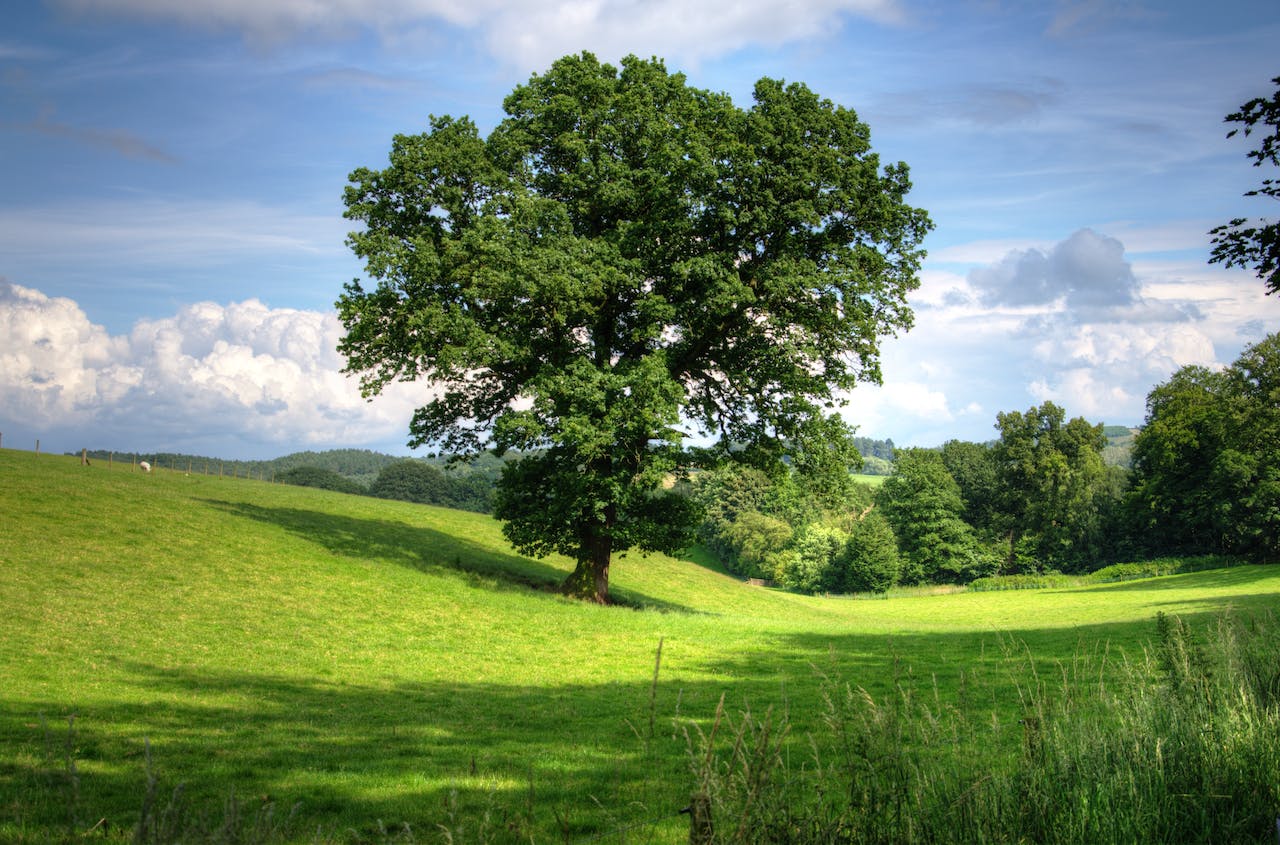Attracting beautiful and healthy trees adds value to any property. Pruning is essential in order to keep them healthy.
Precision pruning is essential to protecting trees against diseases and structural failure. Pruning involves cutting away dead or unhealthy branches while simultaneously encouraging new growth by increasing light penetration, air movement, and decreasing weight. Grand Rapids Tree Services can help with tree pruning if you need assistance from an expert.
Removing Dead or Diseased Branches
Dead or diseased branches must be pruned off immediately in order to limit disease spread across trees or shrubs, and to keep plants healthier and safer by eliminating potential poking points that might rub against vehicles or structures.
Pruning should begin by removing dead, dying or damaged branches from your garden. After this has been accomplished, any lateral branches should be cut back toward the trunk/main branch as close to its branch collar (the swelling at the base) as possible for successful pruning cuts.
This can aid the wound in healing quickly and lessen its susceptibility to pests and diseases, while simultaneously redirecting energy toward new growth in the plant.
Enhancing Light Penetration
Flowers that bloom in spring require pruning in order to promote blooming, including azaleas, rhododendrons, mountain laurel, roses and forsythia. Thinning cuts help reduce overall density while allowing light into interior branches of these plants.
Pruning can help protect trees and landscapes against fungal diseases and pest infestation, and provides safety risks during high winds or storms. Pruning also promotes tree health by preventing rub between trees or limbs and can even be used to shape plants for aesthetic enhancement of landscape designs.
Washington State University researchers have recently made the surprising discovery that using a simple pruning technique could drastically increase the efficiency of labor-saving mechanical harvesting technologies used by apple farmers. Their findings were reported in October 2018 issue of ASABE Journal of Precision and Automated Agricultural Systems.
Reducing Weight
If you own an older tree with large, heavy limbs that overhang your house, street, sidewalk, yard and power lines, multiple pruning actions may be required – from thinning to clearance pruning and end weight reduction pruning.
The three-step process can help reduce weight on a branch without damaging its bark during pruning, making this approach particularly effective on wide-spreading needled evergreens such as Rhododendron and Mountain Laurel and those producing flowers on wood produced during that year, like Azalea, Flowering Plumm Magnoliaas or Rose of Sharon plants.
Thinning and heading cuts are also used to prepare trees for storms or hurricanes, such as by inspecting for major defects that increase risk of failure such as large cracks and signs of decay as well as eliminating codominant stems (forked branches with similar size branches from one point on the trunk). Furthermore, opening up the center allows for more natural shapes of trees.
Increasing Air Movement
To keep a tree healthy, it requires adequate airflow in order to prevent fungal build-up and maintain its vibrant appearance. Pruning promotes this airflow by cutting back dead or overgrown branches allowing it to focus its energies on producing an abundant harvest.
Thinning, or structural pruning, involves reducing the number of limbs on a tree to enhance its efficiency and size, thus increasing light penetration to enable bigger fruit crops with better flavor.
When pruning large limbs and branches of woody plants, it is crucial to locate and identify the branch bark ridge (BBR). This key anatomical feature facilitates woundwood production while decreasing disease organism infection risk. When making your initial cut outside the BBR, ensure your final one falls inside it for best results.
Reducing Stress
Proper pruning reduces stress for plants and improves their ability to withstand disease, pests, and severe weather. Cutting at the right place and time with sharp tools are keys to effective pruning jobs; for example when pruning large limbs and branches it is preferable to cut at their ‘elbows’ where one branch meets another (the branch collar), as this allows faster healing for the tree.
Crossed limbs that rub together and cause wounds should also be pruned away to reduce injury or property damage during storms and severe weather. Thinner branches promote vigorous growth while improving your plants’ aesthetics; this type of pruning should ideally take place during dormant season for easier assessment and strategic planning of each cut.



